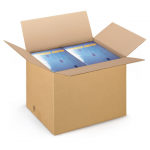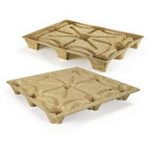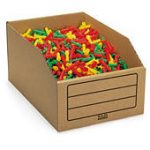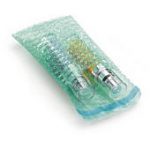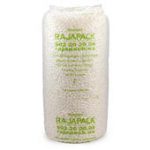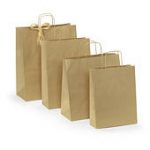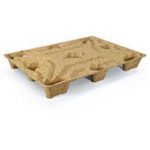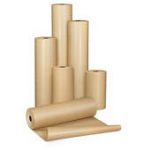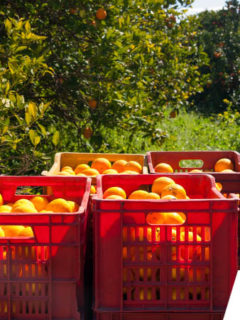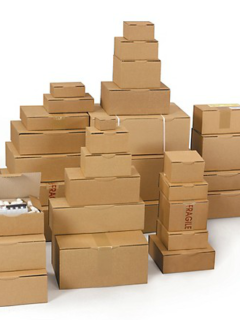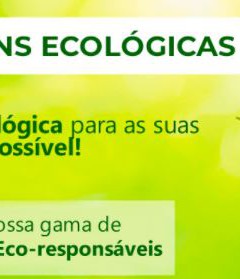The principle: war against pollution. Thus, this is the key theme of the circular economy, a production system based on the promotion of recycling and reuse to reduce the volume of waste generated every day. Therefore, the packaging sector has enthusiastically joined this trend, betting on the incorporation of ecodesign, in the creation process of its launches. So do you want to know everything about what this alliance between packaging and the circular economy will bring us in the very near future? Then read on!
What is the circular economy?
The circular economy is a resource utilisation model that promotes the continuous optimisation of products and materials, extending their useful life. Undeniably, the circular economy also encourages reuse and ultimately favours recycling, in order to reduce the volume of waste that is generated by each inhabitant. To this end, the circular economy advocates:
- The use of biodegradable, compostable and eco-friendly raw materials in the manufacture of any consumable;
- The selection of designs that allow the reuse of their component parts;
- The institutionalisation of collection processes for objects that are thrown away.
EU circular economy action plan
In 2015, the EU launched its Circular Economy Action Plan with very specific measures to achieve widespread recycling, create new employment niches related to sustainability and control waste management, especially of plastics and microplastics, which are very harmful to ecosystems. In this way, initiatives such as the ban of disposable plastics from 2021 emerged.
Packaging in the Action Plan for the Circular Economy
For the packaging industry, the Action Plan for the Circular Economy proposes that, 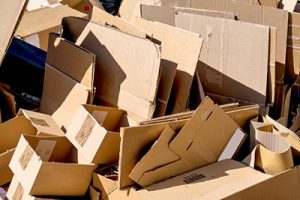 for 2030, 70% of the EU waste is being recycled. However, there are specific reuse targets for each type of material:
for 2030, 70% of the EU waste is being recycled. However, there are specific reuse targets for each type of material:
- Paper and cardboard: 85%;
- Ferrous metals (for example: those which include a considerable amount of iron in their composition): 80%;
- Aluminium: 60%;
- Glass: 75%;
- Plastics: 55%;
- Wood: 30%;
Applying the concept of packaging ecodesign in the circular economy
The adoption of the circular economy concept in the packaging sector also brought with it several practices. As such, these practices aim to ensure sustainability and control environmental impacts, promoting long-term savings for companies.
What is ecodesign?
As a result, ecodesign was born from incorporating the principles of ecology into the very tasks of design. In this way, its specialists analyse in detail what impacts a product or service will have on the environment throughout its life cycle, in order to eliminate or minimise these impacts from the design phase.
This should not result in increased costs or price for the consumer, but in most cases eco-design allows savings in materials or energy required for production.
Eco-design measures in the creation of product packaging
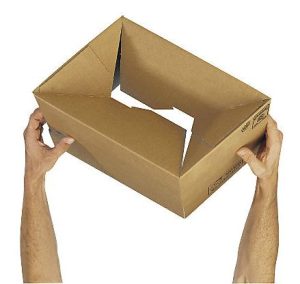
Among the ecodesign measures that can be applied to packaging, we highlight the following:
- Decrease the weight of the paper used for wrapping;
- Choose thinner cardboard for the boxes;
- Eliminate all superfluous elements;
- Declare war on empty spaces;
- Choose reusable materials, as well as renewable or recycled ones;
- Always choose those raw materials whose extraction requires less water and energy consumption;
- Encourage the simple separation of each material for subsequent recycling;
- Invest, as far as possible, in local suppliers;
- Reduce the printed area on boxes, envelopes, packaging, etc.
- Use only the right amount of tape, straps or any other binding elements;
- Minimalism: the fewer materials included in a package, the better;
- Discard extra elements that may make reuse or recycling difficult;
- Prioritise ease and speed of assembly;
- Create sizes adaptable to products of different volumes;
- Take care of space optimisation in the warehouse.
In short, at RAJA we rely on eco-design to develop some of our most sought-after products. For example, such as variable height boxes or accessories for filling and ecological protection. In addition, we also have more than 150 ecological packaging solutions with which you can also contribute to the preservation of the environment. So don’t hesitate and join the circular economy!











